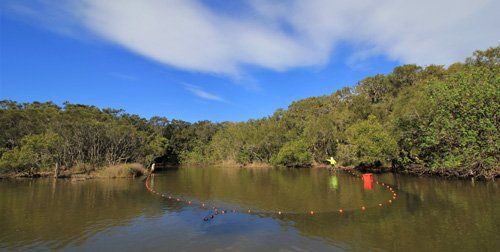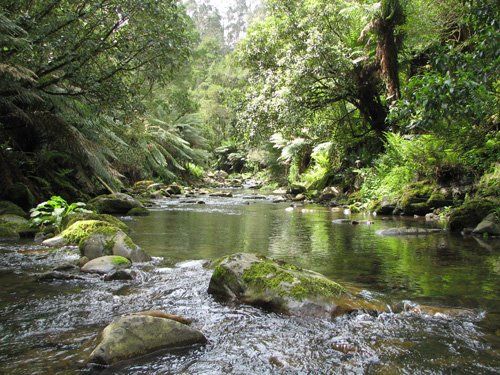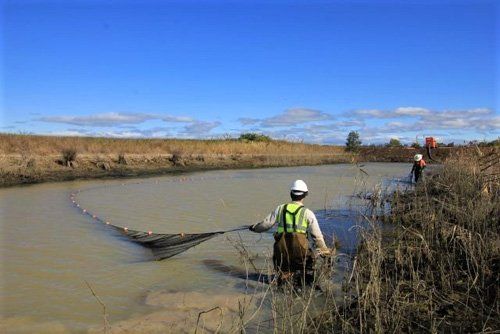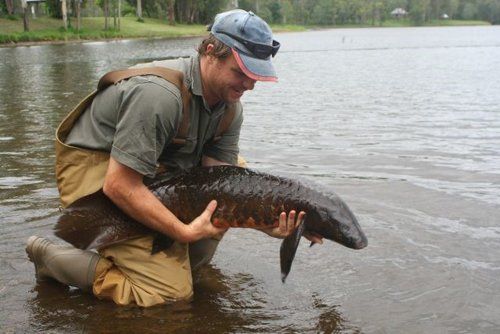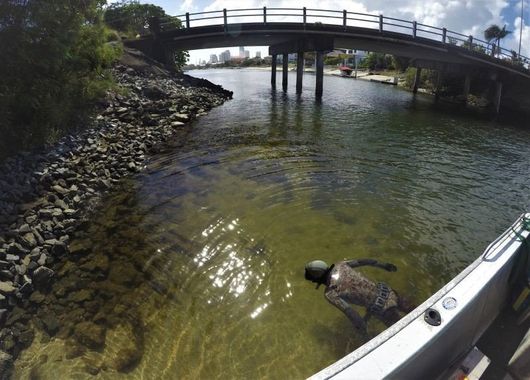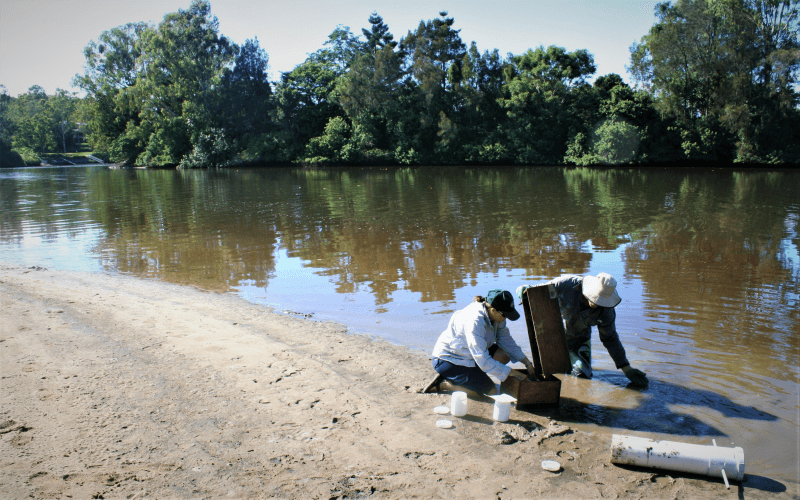FISHOLOGY
undertake a variety of fish ecology projects in estuarine and freshwater habitats. We use a wide variety of methodologies and techniques that are specifically suited to each project and aquatic habitat. FISHOLOGY
staff are highly experienced from sampling freshwater rivers and estuaries throughout NSW, Victoria and south-eastern QLD. We have Senior Operators in both boat and backpack electrofishing, as well as a wide variety of fyke, seine (80m, 40m, 12m and 8m) and gill nets to sample any creek, river, lake, estuary or wetland.
FISHOLOGY undertake river health studies in both freshwater and estuarine habitats using both fish and macroinvertebrates as biological indicators. Measuring the ecological health of aquatic communities involves placing the condition of the ecosystem in a measurable continuum of human interference. This is done by using biological indicators that provide reliable and relevant signals about the biological effects of human activity.
FISHOLOGY are experienced at undertaking fish rescue and relocation work, where fish have become stranded due to weir and dam operations, construction projects, infrastructure inspections or as a result of drought conditions. Fish are caught with a variety of techniques (fyke netting, seine netting, electrofishing and cast netting) and a fish transport trailer is used to transport fish to a relocation site. FISHOLOGY
are aware of the hazards of construction sites and always make safety a priority.
FISHOLOGY undertake a variety of fish passage investigation and monitoring projects. We have had experience monitoring a wide range of fishway designs used Australia, including rock ramp fishways, vertical slot fishways, fish locks, trap and haul fishways and trap and transport fishways. A variety of techniques are used in fishway monitoring projects such as large and small fish trapping, PIT tagging technology, DIDSON duel-frequency Sonar and riverine sampling.
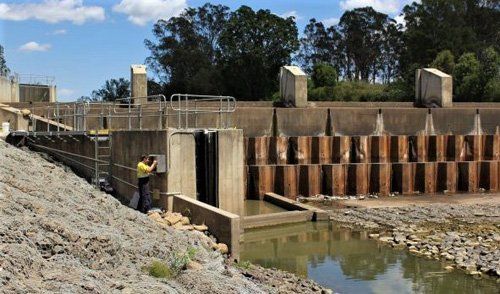
FISHOLOGY undertake the installation of Karltek PIT (Passive Inductive Transponder) systems. PIT systems have become a widely used tool to monitor the movement of fish through fishways. Fish are tagged with Passive Inductive transponders (PIT), which are detected by scanning antennae as they pass through the fishway. Each PIT tag contains a unique code and can be tracked over long time frames, as the pit tags themselves have no battery. Movement data are sent to an external database with in-build queries and so that fish passage can be closely monitored and so the data is readily available for reporting.
We have had the pleasure of working with many of Australia’s threatened fish species, while working in NSW, Victoria and QLD. These species include trout cod, eastern freshwater cod, Mary river cod, lungfish, dwarf galaxias, Southern pygmy perch, Oxleyan pygmy perch, Australian grayling and Macquarie perch. Areas of research include, distribution surveys, population dynamics, population estimate studies, genetics and habitat use.
Habitat Assessment
FISHOLOGY
consulting undertake a variety of habitat assessment work in both freshwater and estuarine environments. Previous assessments have included freshwater aquatic plant surveys, assessments of available habitat for fish (micro and macro habitat), seagrass mapping, and seagrass health and composition studies.
Tissue Testing
FISHOLOGY consulting have undertaken several fish and crab tissue testing projects where the client was interested if any contamination was present in a specific waterway. These projects involved catching and sending samples to the Queensland Health Forensic and Scientific Services lab for testing and interpretation of resulting data.
Aquatic Invertebrate Surveys
FISHOLOGY
consulting undertake both freshwater macroinvertebrate and estuarine benthic macroinvertebrate surveys. Surveys are often completed to make assessments of the health of waterways. In a recent project we sampled benthic invertebrates from the Gold Coast Lakes and canals, this information lead to a greater understanding of the condition of the waterways and influence of habitat and other environmental factors.

